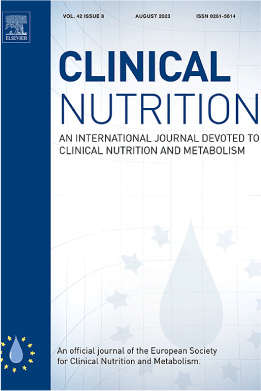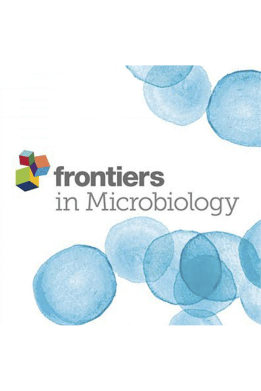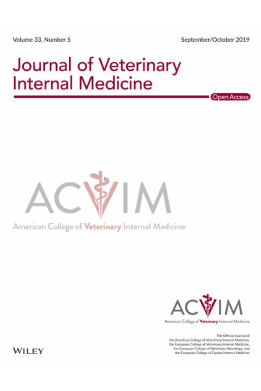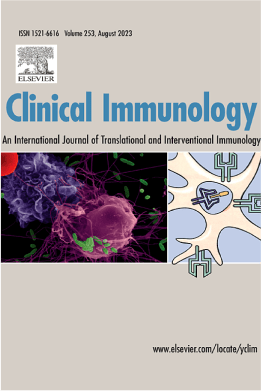Objective: Identification of microbiota-based biomarkers as predictors of low-FODMAP diet response and design of a diet recommendation strategy for IBS patients.
Design: We created a compendium of gut microbiome and disease severity data before and after a low-FODMAP diet treatment from published studies followed by unified data processing, statistical analysis and predictive modeling. We employed data-driven methods that solely rely on the compendium data, as well as hypothesis-driven methods that focus on methane and short chain fatty acid (SCFA) metabolism pathways that were implicated in the disease etiology.
Results: The patient’s response to a low-FODMAP diet was predictable using their pre-diet fecal samples with F1 accuracy…







